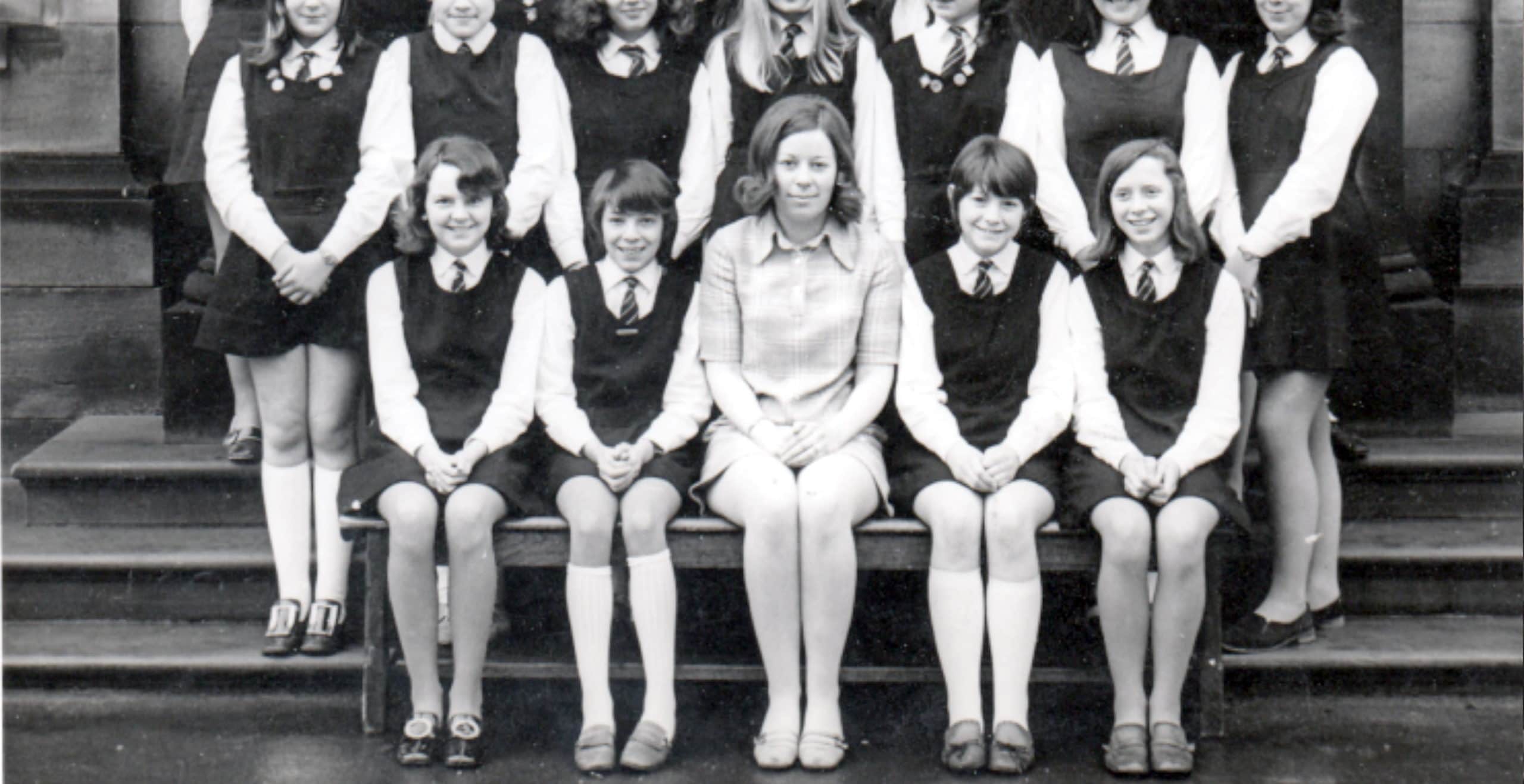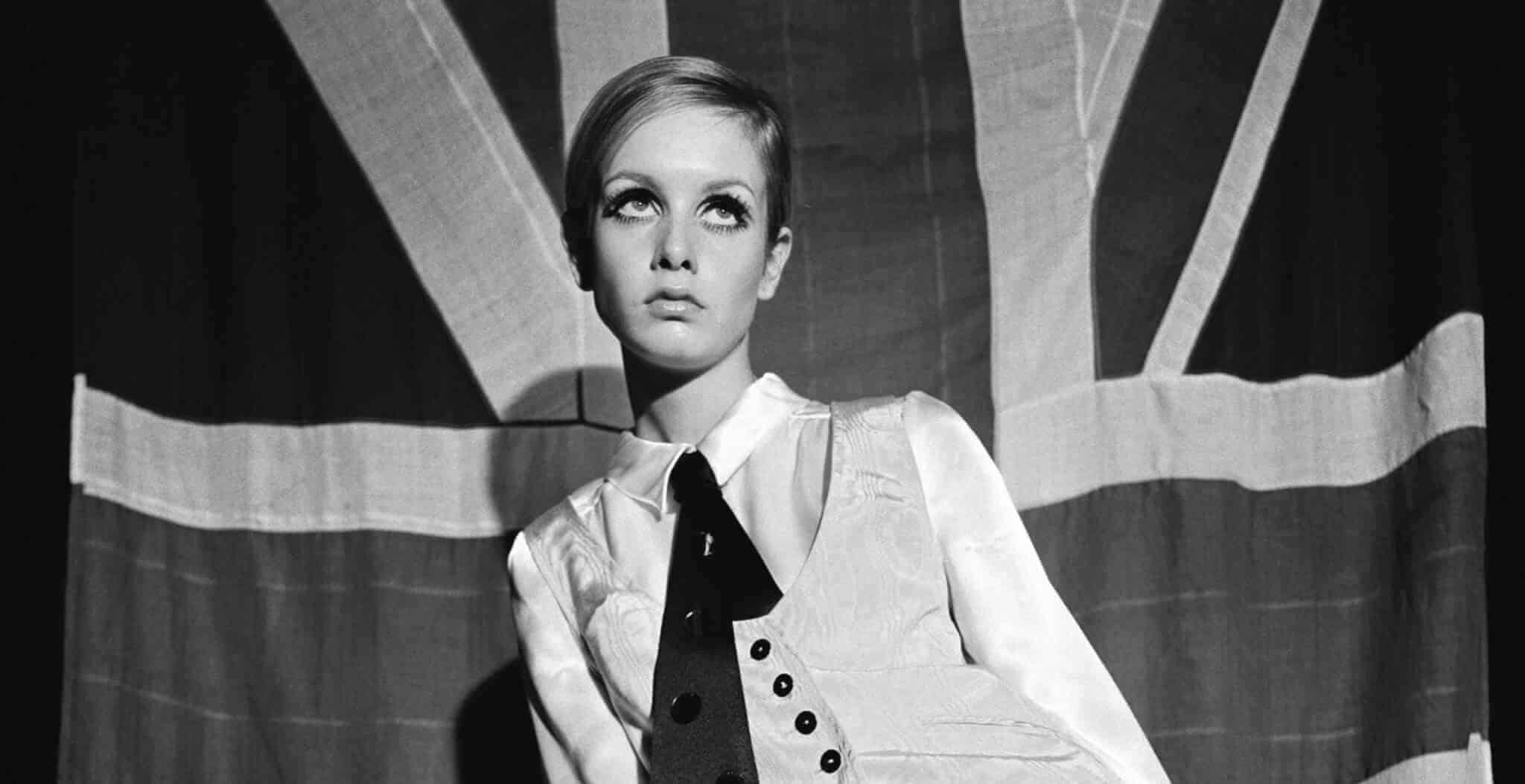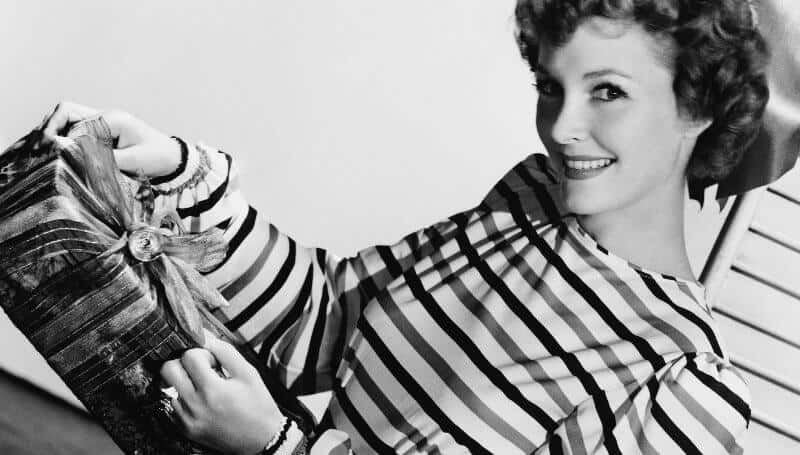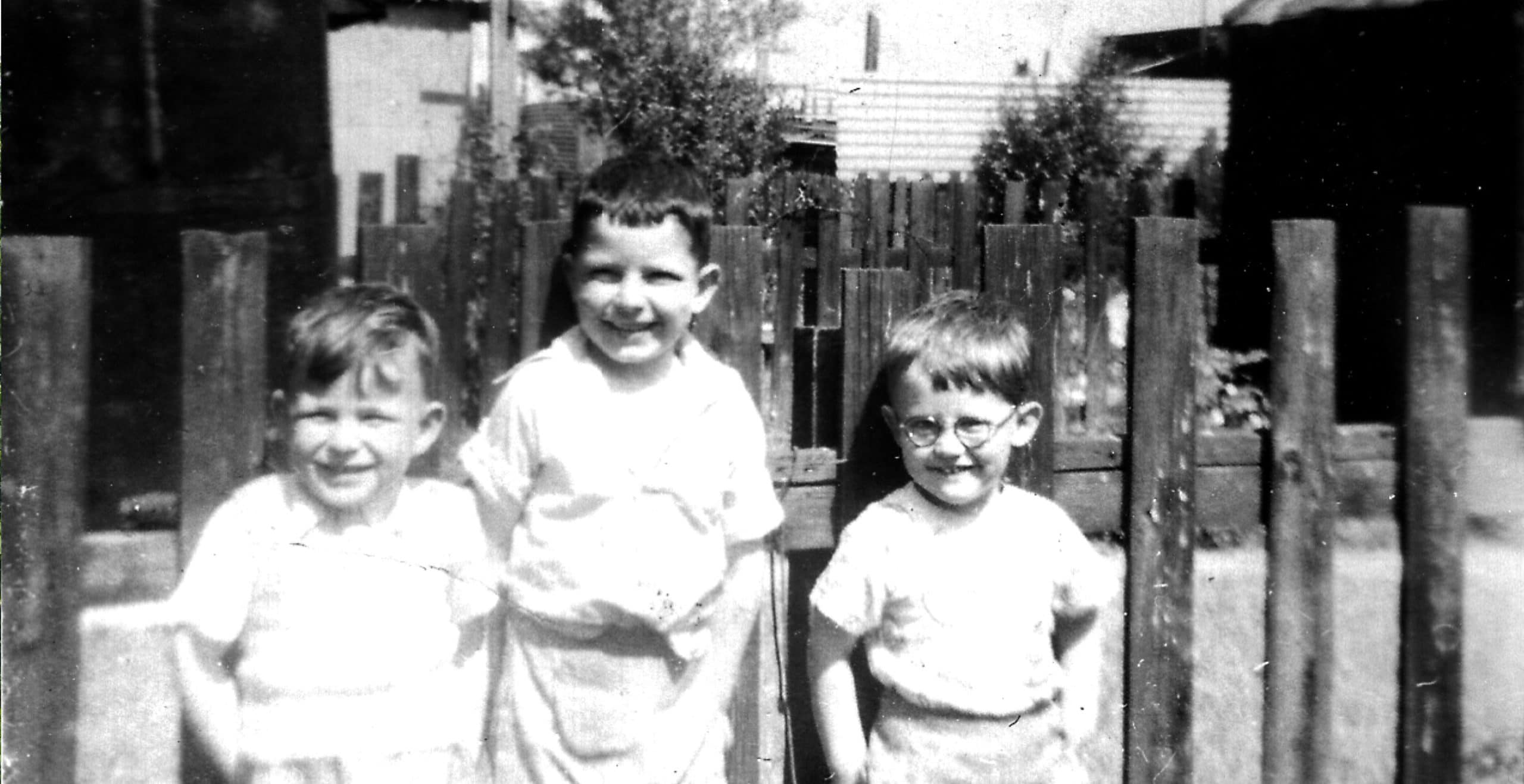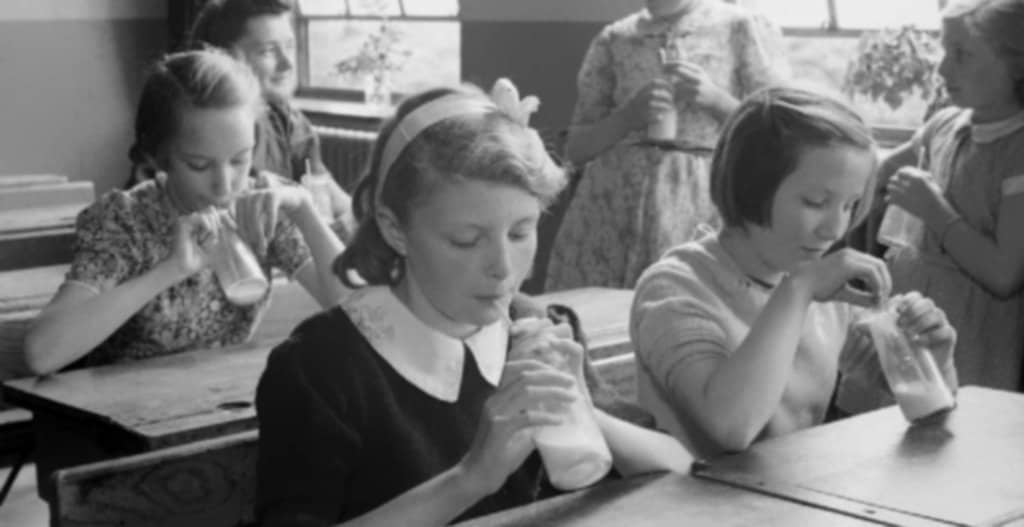What do Margaret Thatcher, Harold Wilson, Edward Heath and Teresa May have in common?
They were all educated at state grammar schools.
When you look at the list of Prime Ministers, you will find that the vast majority, including Tony Blair, David Cameron and Boris Johnson were all educated privately. Indeed Boris Johnson is the 5th PM to have been schooled at Eton since 1945.
The exceptions are the prime ministers from Harold Wilson to John Major, all of whom were educated at grammar school. Grammar schools have existed since the 16th century but the modern grammar school came into being after the 1944 Education Act, with the heyday of the grammars from the 1950s to the end of the 1960s.
In 1964 there were almost 1,300 grammar schools in England and Wales; from then on the number has declined to be replaced by comprehensive education. Today in England there are 163.
In the 1950s and 1960s, if you passed the 11-plus examination, you went to either the boys’ grammar or the girls’ grammar: most grammar school education was single sex. Children did not generally prepare or swot for the 11-plus: they might be given past papers in school for practice but that was all. Children were used to being tested at school (exams and tests were often set) and so, as far as many were concerned, the 11-plus was just another test, or rather another series of tests. There was an English paper and a maths paper and an essay as well as an IQ test or non-verbal reasoning as well.
Grammar schools took children from a variety of backgrounds; some fairly well-to-do, some on average incomes and some on low wages or living on support. A question still debated today is whether grammar schools facilitate social mobility. To some extent it can be said they do, although equally as important as the education the grammars provided, was the family support regardless of social class. Many working class children had aspirational parents who helped their children to succeed, even sometimes working two jobs in order to afford the school uniform.
Life at a girls’ grammar school ran to a rigid routine. Each week there would be a full school assembly, with all the girls parading into the main school hall by class (and height!) order. The teachers would be gathered on the stage, all wearing their black university gowns. The head teacher would address the school. The school song would be sung and notices would be read before the pupils filed out again.
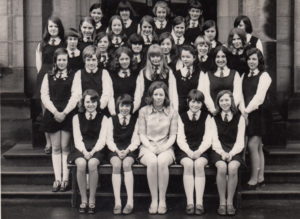
School uniform was expensive and there was a lot of it. There was a blazer with school badge, a hat (often a felt hat or a straw boater with ribbon), coat, scarf and satchel. There was a gymslip for lower school, skirt for upper school, blouse, tie and cardigan. Candy-stripe summer dresses with white ankle socks for summer. School shoes were flat – no high heels! Then there was the sports kit: Aertex blouse, gym knickers and gym shoes.
In the classroom, discipline was strict. When a teacher entered the room, all girls would stand as a mark of respect. Mind you in class (behind the teacher’s back) there was also a lot of giggling, note-passing and doodling, as in all schools!
In the first term of the first year, at lunchtimes some girls were given handwriting lessons if it was felt their script was not neat or clear enough. Others were given elocution lessons to level out regional accents. At the time received pronunciation was the accent associated with power, influence, money and a good education.
The role of a girls’ grammar school was not just to educate the brightest to go on to university. Pupils were also trained to become the wives of the middle classes: the spouses of bank managers, lawyers, doctors, accountants, architects, civil servants and so on. Their education would enable them to host and entertain their husband’s colleagues with intelligent conversation. Bear in mind this was the 1950s and 1960s!
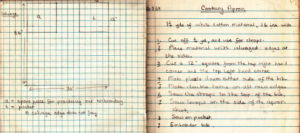 Extract from a Domestic Science exercise book
Extract from a Domestic Science exercise book
In Domestic Science girls were taught how to iron a man’s shirt (collar and cuffs first, girls!), how to cook, sew and darn. They made their own aprons and learnt to embroider. They practised laying a table for a dinner party. Latin and French (or German) was taught, along with Geography, History, English and Maths as well as Music, Art and all the Sciences.
The science labs were situated along a corridor and protected by a fire door at either end. Behind the fire door lurked a strange smell: a mixture of sulphur, bromide and embalming fluid. The three sciences, Biology, Chemistry and Physics, were taught as separate subjects and involved a lot of hands-on experimentation.
The biology lab was a little like a Victorian museum in that there would be a couple of glass cases with stuffed birds and some large bottles with various preserved (unidentified) animal body parts on display. One of the first exercises in biology was to dissect a preserved cow’s eye. The stench that escaped as the scalpel sliced through the flesh was not easily forgotten! Another task was to pin and dissect a preserved frog. All pupils soon became very familiar with the smell of preserving fluid. It was a relief to examine leaves under a microscope for botany.
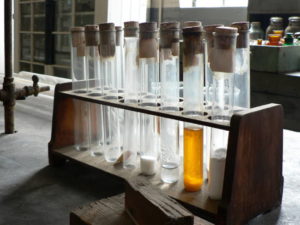
Chemistry was a much more dangerous affair. There were no protective glasses or gloves worn during lessons. The long wooden benches, fitted with gas taps for the fiery Bunsen burners, were often pitted and pock-marked, the result of failed experiments and run-ins with hydrochloric acid. Even the teacher’s practical demonstrations sometimes ended in disaster, particularly when gases were involved…
Physics was much less dangerous, at least in Lower School. Experiments with magnetism, forces and electricity were nowhere near as life threatening as those involving heating mixtures of chemicals over a naked flame.
As for sport, the grammar school system was based on the dictum ‘a healthy mind in a healthy body’ (mens sana in corpore sano). And so a couple of hours a week and all Wednesday afternoon lessons were set aside for P.E. In winter it was hockey and netball (whatever the weather) and athletics and rounders in summer, with gym all year round.
There was a house system to encourage team building and also to promote a competitive spirit which was deemed necessary to prepare the girls for later life. It taught how to be gracious winners and how to lose gracefully. There was a house points system, the houses being named after famous British authors, historic cities, philosophers and the like. Girls would earn points for their house by winning events at Sports Day and by doing well in end of year examinations.
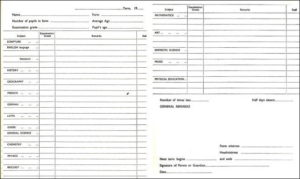 School report book
School report book
The idea of single sex schools was that children would learn and concentrate better without the distraction of the opposite sex. The teachers were women; the school was a woman’s world. If a girl was not lucky enough to have a brother, being around just women all day long led to boys being thought of as almost alien beings; not exactly conducive to healthy relationships!
There was sex education of a sort. One elderly biology teacher spent three lessons discussing, with diagrams, the anatomy of rabbits. When it at last it came to describing the sex act, she said abruptly “And it’s the same with men and women” and left the room!
So what was it like to go through school in a girls’ grammar in the 1950s and 1960s? Many ‘old girls’ would say it prepared them for life, whatever route that might take (Prime Minister perhaps!), and many left with a genuine fondness for their ‘alma mater’.
Published: January 7, 2021.
